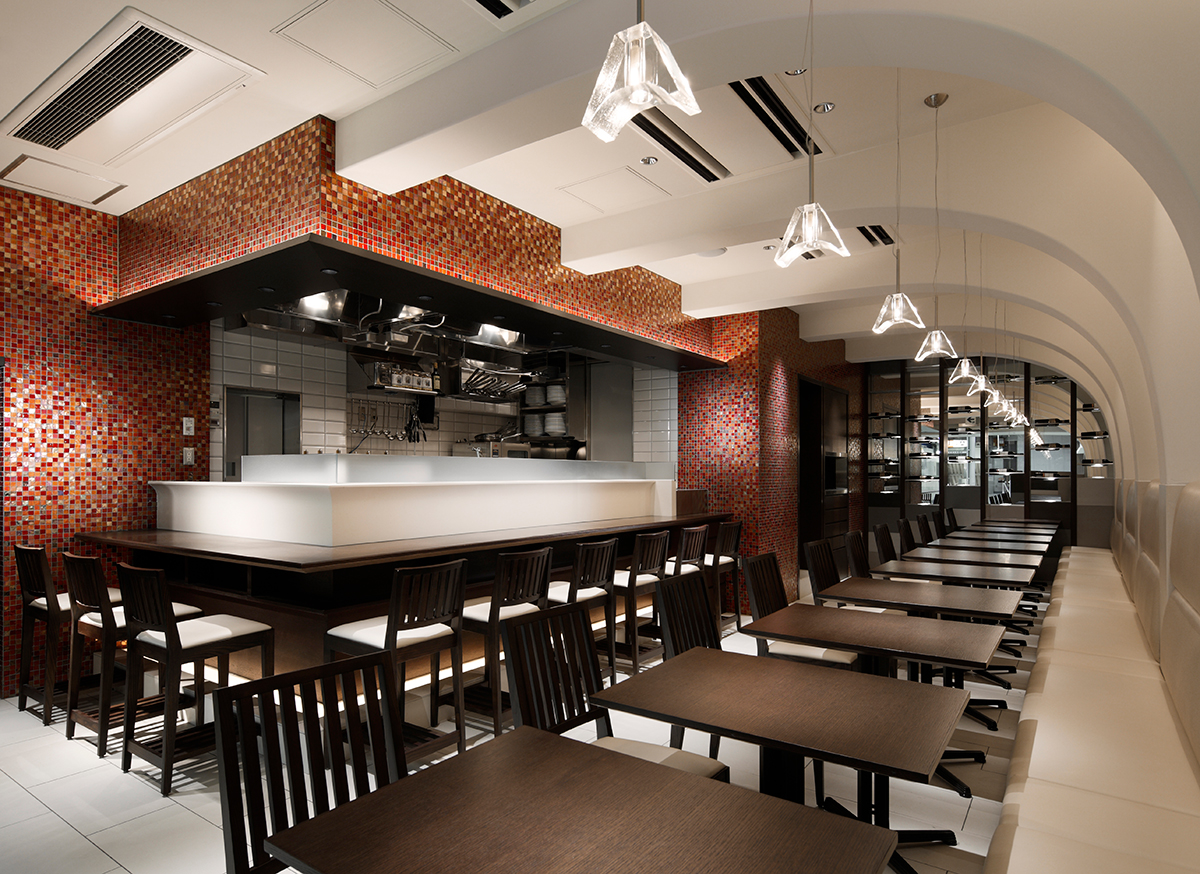Traditional Japanese architecture was first established in the 7th century with the introduction of Buddhism to the island. Tall pagodas were erected as places of worship. Distinct in their construction, the pagodas derived their strength from an internal central pillar and various support pillars on each floor. The eaves of each level follow a straight line, each level's edge growing shorter. The greater the difference in the length of each roof, the more solid and stable the pagoda appears.






